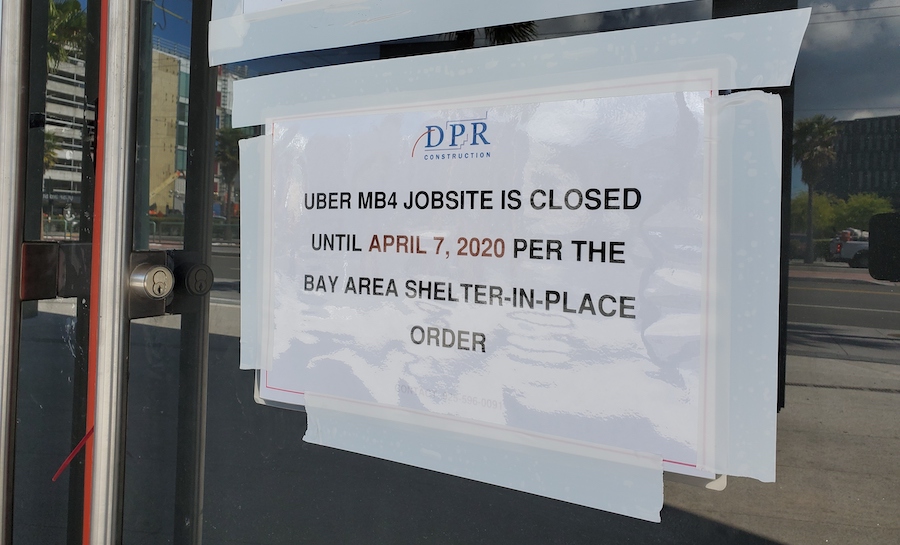ENR spoke to some leaders in construction insurance and risk in recent days to determine how they are advising clients as to the financial impacts of the COVID-19 pandemic in the coming weeks. What they told us consisted of some tried-and-true financial fundamentals along with suggestions that run counter to much of what has been publicized elsewhere.
Focus on Collecting Cash and Payments
Cash flow and payments should be a focus, says Michael Cusack, a managing director of broker Alliant’s construction services group.
Most contractors are going to stockpile cash because no one knows how long and how far the crisis will go on, he says.
In the crisis, payments from owners will slow and construction managers are likely to hold money a little longer. Anticipating few new contracts, both union and open-shop subcontractors are reducing their staffs.
[For ENR’s latest coverage of the COVID-19 pandemic, click here]
“The concern is what will happen to the subcontractor community if construction managers are slower in distributing payments,” says Cusack, adding that “more sophisticated subs are trying to bill for what they can now, hoping to get payment in on those requisitions.”
He says, “The real challenge is the uncertainty about how bad the crisis will get and how long it will last.” Then, if the economy and industry does bounce back quickly, “those companies will have to reenergize in a hurry and need all their craft and management staff.”
Insurance Collateral and Cashflow
Contractors should optimize collateral posted under liability and workers’ compensation policies, advises Rob McDonough, U.S. Construction Practice Leader for broker Marsh.
The collateral is for any deductible that would be due from the contractor that makes a claim. Most often that collateral is posted as a letter of credit, and on occasion as cash.
The industry has already become more focused on using data analysis to optimize collateral. What does that mean?
“The idea is to approach insurers early and often to make sure we agree with the collateral calculation,” says McDonough. “Any time you can use or improve a contractor’s balance sheet, or deleverage it with less collateral, it is good.”
One option is to use a surety bond in place of, or as partial security for, a letter of credit needed as collateral for a liability or workers’ compensation policy.
What’s happening now needs to be seen in light of the hardening insurance market overall, and with the losses that have occurred in subcontractor default insurance.
“Insurers are looking at higher deductibles that put the onus on the contractor to do a very rigorous subcontractor financial review,” says McDonough. “That means the contractor is betting on itself to make an evaluation of a subcontractor.”
Not So Fast on Force Majeure
The emphasis on force majeure clauses in contracts is premature, says Frank Giunta, partner for contract and risk consultant HKA. Many published stories so far have dealt with those clauses.
“We are not advising clients to notify owners about force majeure clauses in contracts,” he says.
Force majeure clauses permit delays and time extensions but won’t entitle a contractor to more money, and contractors will need money to cover extra costs involved in demobilizing and then getting back to work.
Many insurance policies won’t cover acts of government, such as work shutdowns.
Instead, says Giunta, HKA is advising contractor clients to notify owners of work suspensions.
There’s no downside to framing the shutdown as a suspension of work, according to Giunta. “Calling it a force majeure may be digging a financial hole,” he says.
Another worry, Giunta says, is that work shutdowns may trigger litigation over the shutdown-related costs.





